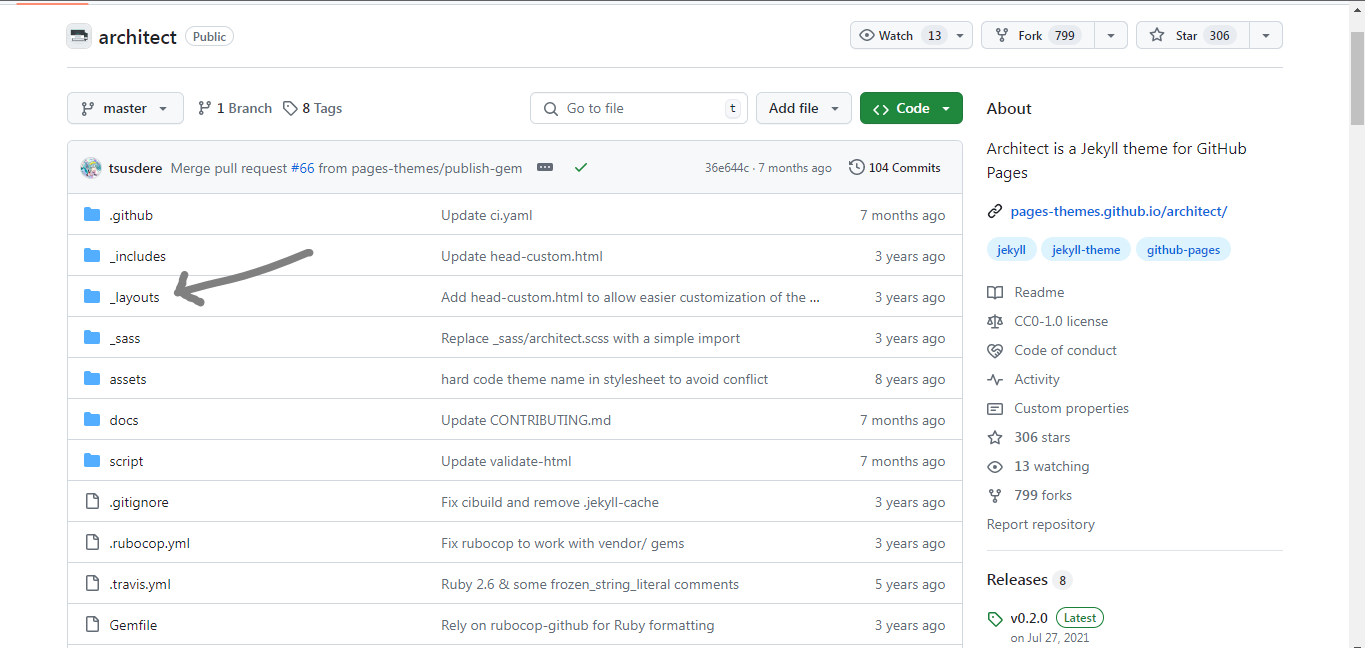Math Expressions in Markdown Using MathJax and Jekyll
Introduction
This tutorial demonstrates how to seamlessly integrate mathematical expressions into your Markdown documents using MathJax and Jekyll. This powerful combination allows you to write complex mathematical notation using LaTeX syntax within your Markdown files, which are then beautifully rendered on your website.
Whether you’re creating a technical blog, documenting scientific research, or building an educational platform, this setup provides a clean, efficient way to present mathematical content on the web.
Technical Jargon
- Jekyll: static site generator written in ruby
- Mathjax: Javascript library that serves as the render engine for mathematical functions
- Kramdown: Markdown Flavour written in ruby(a ruby library for parsing and converting a superset of markdown)
- LaTex: Document preparation system that helps with typesetting
- Tex: renders LaTeX locally unlike Mathjax that render on the webpage
Steps
Setup
To get started with using MathJax in your Jekyll-powered GitHub Pages site, follow these steps:
- Create a GitHub repository
- Go to GitHub and create a new repository (e.g., “math-examples”).
- Set up Jekyll
- Clone the repository to your local machine.
-
In the root of your repository, create a file named
_config.ymlwith the following content:theme: jekyll-theme-cayman markdown: kramdown kramdown: math_engine: mathjax
- Create your Markdown content
- Save your Markdown content as
index.mdin the root of your repository.
- Save your Markdown content as
- Add MathJax support
- Create a new file named
_layouts/default.htmlin your repository. - Copy the content of the Cayman theme’s default layout into this file.
-
Add the following lines just before the closing
</head>tag in thedefault.htmlfile:<script src="https://cdnjs.cloudflare.com/ajax/libs/mathjax/2.7.0/MathJax.js?config=TeX-AMS-MML_HTMLorMML" type="text/javascript"></script> <script type="text/x-mathjax-config"> MathJax.Hub.Config({ tex2jax: { inlineMath: [['$','$'], ['\\(','\\)']], processEscapes: true } }); </script>
- Create a new file named
- Commit and push your changes
- Add all the files to your Git repository.
- Commit the changes with a message like “Initial commit with math examples”.
- Push the changes to GitHub.
- Enable GitHub Pages
- Go to your repository’s settings on GitHub.
- Scroll down to the “GitHub Pages” section.
- Under “Source”, select the branch you pushed to (usually “main” or “master”).
- Click “Save”.
- View your site
- GitHub will provide you with a URL where your site is published (usually in the format
https://username.github.io/repository-name/). - It may take a few minutes for your site to be built and deployed.
- GitHub will provide you with a URL where your site is published (usually in the format
- Troubleshooting
- If the math doesn’t render correctly, double-check your
_layouts/default.htmlfile to ensure the MathJax script is included correctly. - Make sure there are no spaces between the dollar signs and the LaTeX expressions in your Markdown file.
- If the math doesn’t render correctly, double-check your
By following these steps, you’ll have a Jekyll site set up with MathJax support, allowing you to write mathematical expressions in your Markdown files using LaTeX syntax.
Summary of setup
- You should now have three files:
_config.yml,_layouts/default.html,index.md _config.ymlcontains the theme settings you can change the theme by reading this
Further refinements and theme settings on the way
FAQ
How to change the theme
There are many themes available here in pages.github.com/themes for jekyll also you can create your own theme.
- Choose any theme (for example Architect)
- Clicking on any theme will redirect to the theme’s repo and there select the
_layoutsfolder - Now copy eveything from the
default.htmlfile and paste it into your repo’s_layouts/default.htmlfile. - Don’t forget to add the mathjax cdn and boiler plate in th elast lines of the head tag in
_layouts/default.html

